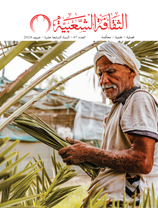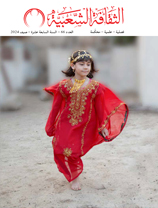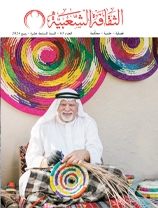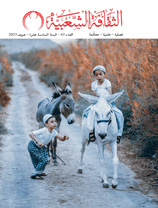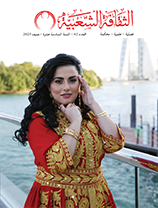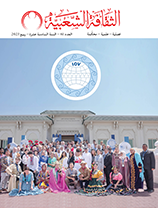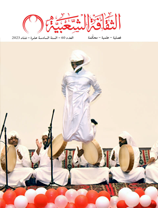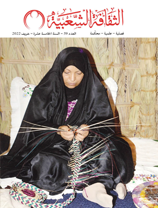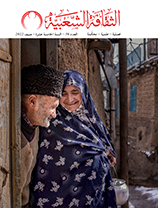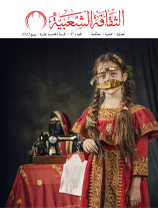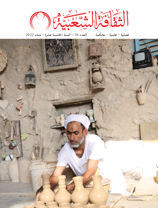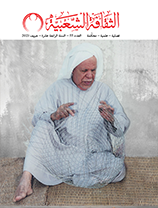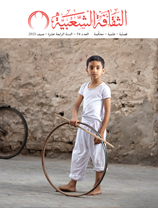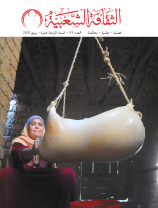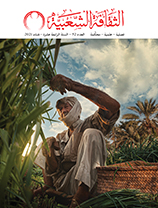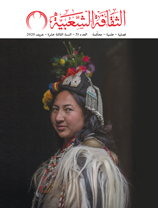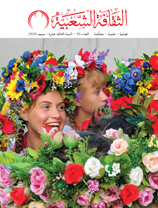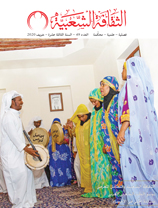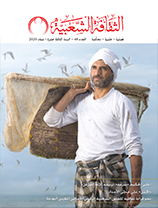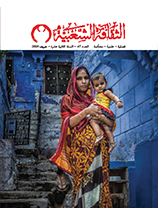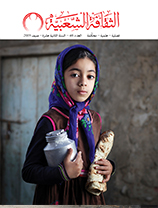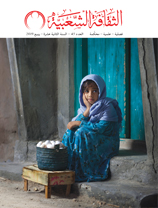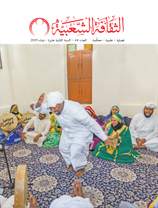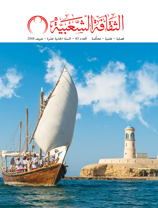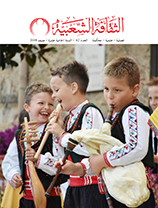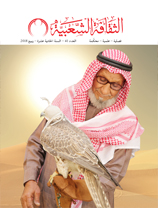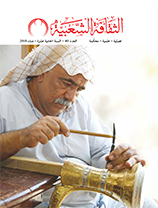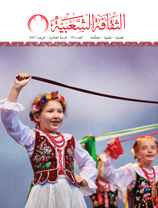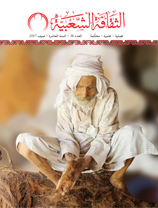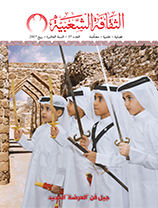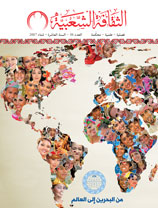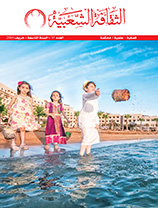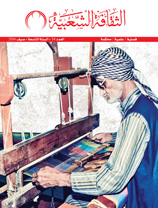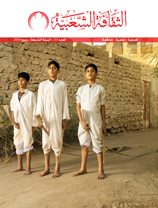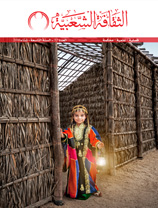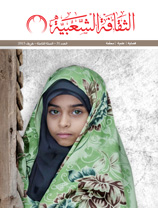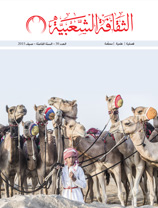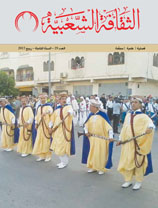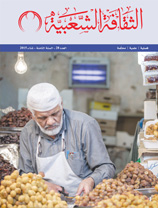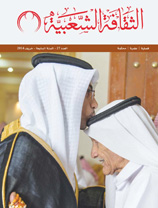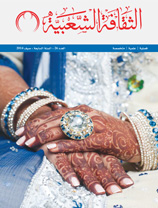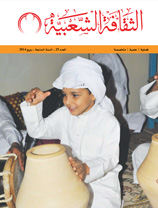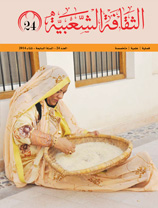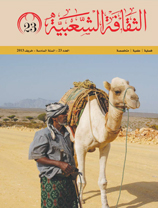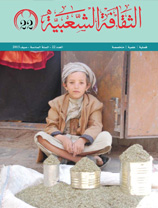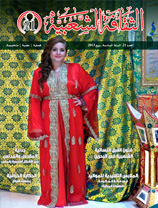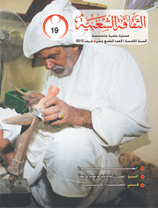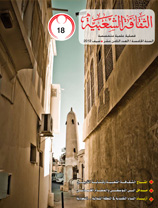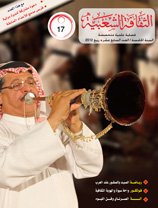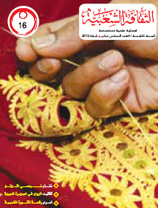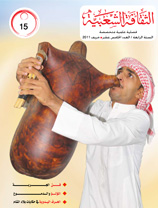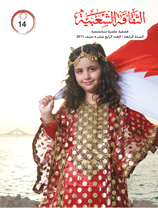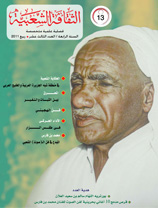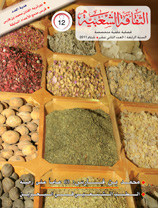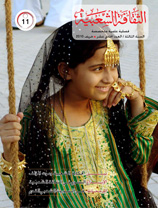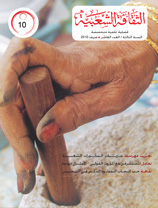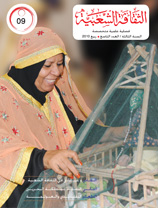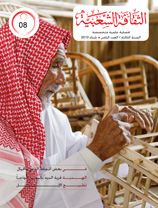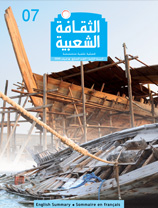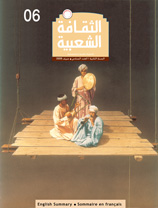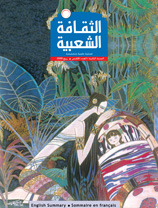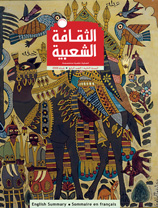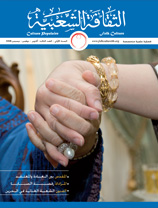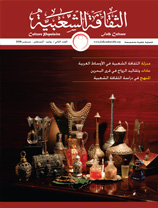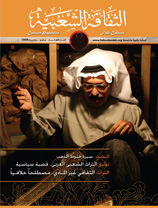Authentication of Moroccan Music
Issue 44
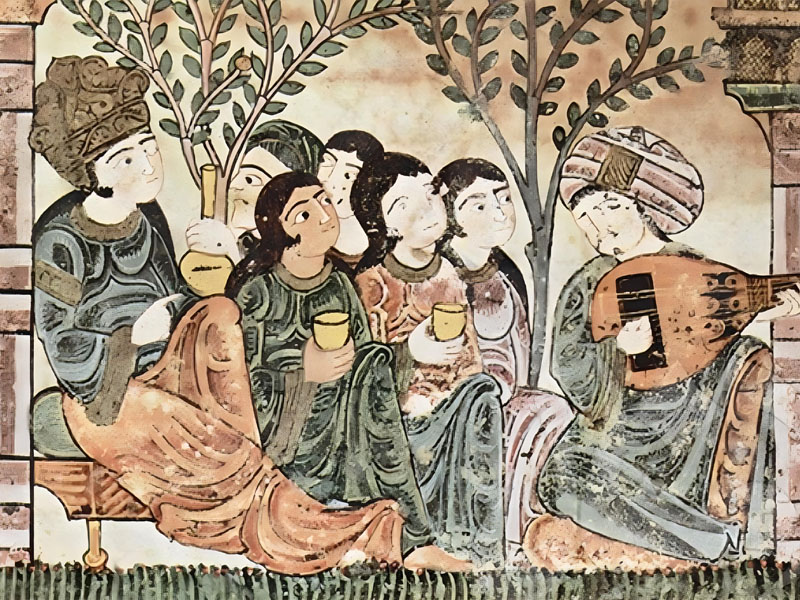
This paper is an attempt to collect ancient texts with references to the music of an instrument that emerged in Andalusia before finding its way to Morocco and then to countries in North Africa. The music made with this instrument has evolved into the music that we listen to today.
The most important stages that influenced the evolution of this music can be identified as follows:
1) The standardisation stage, when Ziryab created a standard for the performance of the Andalusian Nuba
2) The refinement and renewal stage, when Ibn Bajjah (Avempace) added to the performance of the Nuba by trying to match Christians’ singing to the singing of the Arabs and creating Muwashah, a form of poetry and a musical genre
3) The stage that involved openness to neighbouring countries: The migrations of the Andalusians began with al-Murabitun. While living in Fez, Ibn Bajjah contributed to the creation of a new musical culture. During the era of al-Muwaḥ ḥidūn and al Marīniyūn, he developed a new type of music that enriched the musical heritage of countries in North Africa. It enhanced the performance of the Nuba and gradually enriched it with other melodic and musical components. Of course, this does not mean that the Moroccans had no music of their own; they had an abundance of musical traditions, and their contributions to music prove how musically advanced they were.
4) The stage when Sufi circles (Zawayah) embraced the music: Obviously, Zawayah played a key role in preserving Nuba and preventing the loss of its melodies and maqāms (melodic modes) in a period of political conflict and unrest in Morocco. At that time, Sama (a Sufi practice that involves listening to music in order to alter one’s state of consciousness) led to the creation of a different musical culture that derived its music from the instruments that Sufis used at the beginning of the 6th Century AH. Religious events, especially the celebration of the Prophet's birthday, served as opportunities to hear the interaction between the music of the Sama and that of the instruments. Sama (listening) and Dhikr (remembrance) led to the development of the Nuba in the Saadi era.
5) The stage after the fall of Granada in 1492: Most studies agree unanimously that this was the most important stage, because it enhanced openness to the other. The Arab and Muslim legacy introduced a new alternative to singing to the places in which they settled. This process of enrichment took place in two phases: The first began directly after the collapse of Arab rule in Granada, while the second took place approximately 120 years later with the arrival of the Moriscos, a key turning point in the Nuba’s musical history.
6) The stage of collecting different forms of poetry including Muwashah and Zajal, which began with Al Bu Issami's book ‘Lighting the Candles’ and then Al Haik in his book ‘El Kunash’
It is clear that the first music using instruments emerged with al Marīniyūn and grew more evident in the Saadi era, but it developed and became more organised during the Al Alawi era. This happened when countries became politically stable and the rulers encouraged musicians to develop their skills.
It is also notable that at one stage, there were 24 different types of Nuba, the same as the number of hours in a day, which means that each Nuba was performed at a certain time. Today it can take hours to perform the Nuba. This suggests that in the past, the Nuba may not have included as much poetry although it definitely followed the same pattern.
Khaled Hilali
Morocco





